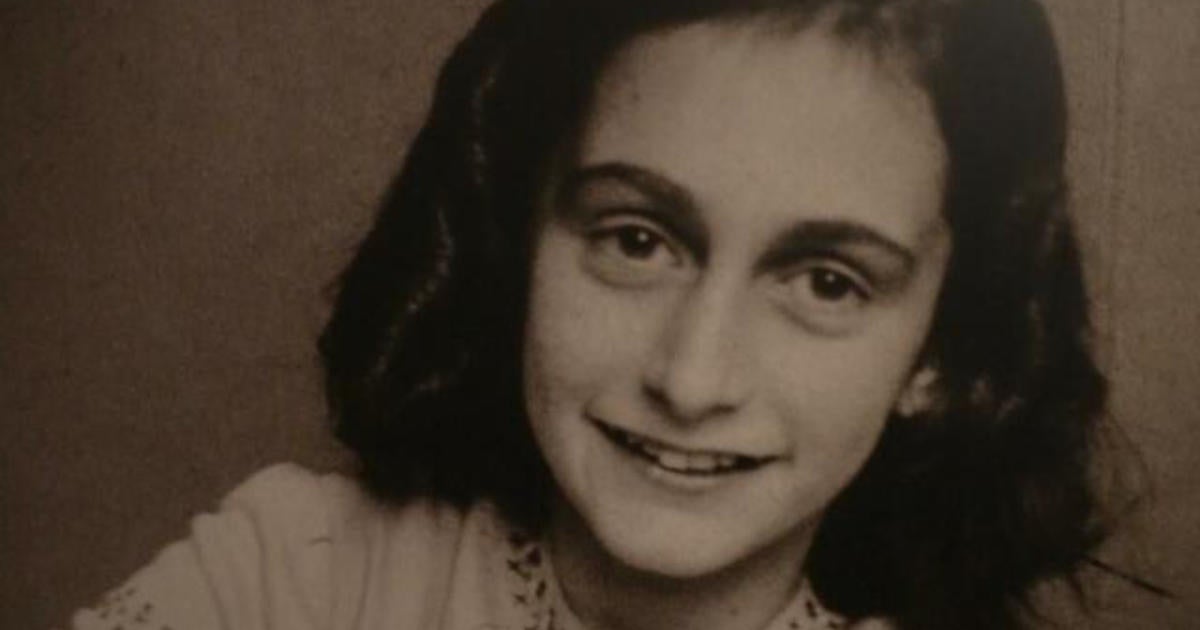Unveiling History: The Anne Frank Exhibition at New York’s Center for Jewish History
The Anne Frank Exhibition at New York’s Center for Jewish History is a profound tribute to the life and legacy of a young girl whose diary has touched millions across the globe. This immersive exhibition invites visitors to delve into the poignant experiences of Anne Frank during one of history’s darkest periods. Through a collection of artifacts, narratives, and interactive displays, the exhibition not only commemorates Anne’s life but also serves as a vital reminder of the importance of tolerance, empathy, and understanding in today’s world.
A Journey Through Time
Set against the backdrop of World War II, the exhibition offers an intimate portrayal of Anne Frank’s life in hiding. Visitors are transported to the hidden annex in Amsterdam where Anne, her family, and others sought refuge from the Nazi regime. The exhibition is designed to engage the audience, allowing them to walk through a carefully recreated environment that reflects the conditions Anne endured during her time in hiding.
Utilizing a variety of multimedia elements, the exhibit captures the essence of Anne’s experiences. From personal letters and photographs to audio-visual presentations of her writings, visitors can feel the weight of her words and the reality of her situation. This immersive approach encourages reflection, making it clear that Anne’s story is not just a historical account but a relevant narrative that resonates with the challenges faced by many today.
Key Artifacts and Narratives
The exhibition features a wealth of artifacts that bring Anne’s story to life. Key highlights include:
- The Original Diary: A replica of Anne Frank’s famous diary, which she began writing at the age of 13, serves as the focal point of the exhibit. Her candid reflections on her life, her dreams, and the harsh realities of war provide insight into her thoughts and feelings.
- Personal Letters: These letters, written by Anne and her family, reveal the intimate struggles and hopes of those in hiding. They provide context to her experiences and illustrate the profound impact of the war on everyday life.
- Photographs and Artifacts: The exhibition includes photographs of Anne and her family, as well as personal belongings that belonged to them. These items evoke a sense of connection and humanity, reminding visitors of the individual lives affected by the Holocaust.
Each artifact is thoughtfully curated to tell a part of Anne’s story, allowing visitors to piece together her life before, during, and after the war. The narratives presented not only highlight Anne’s experiences but also those of her family, shedding light on the broader context of Jewish life during the Holocaust.
The Importance of Education and Reflection
One of the most significant aspects of the Anne Frank Exhibition is its commitment to education. In an era where the lessons of history can sometimes be overshadowed by contemporary issues, this exhibition serves as a crucial platform for educating visitors about the dangers of intolerance and discrimination. The narrative of Anne Frank is a call to remember the past, to recognize the signs of hatred, and to stand against injustice.
The Center for Jewish History aims to engage not only individual visitors but also schools and community groups. Special programs and guided tours are available to deepen the understanding of Anne’s experiences and the historical context surrounding them. By fostering dialogue and encouraging critical thinking, the exhibition empowers visitors to reflect on their own roles in promoting tolerance and understanding in today’s society.
A Legacy of Hope and Resilience
Anne Frank’s legacy extends far beyond her tragic fate. Her diary has become a symbol of hope and resilience, inspiring countless individuals and movements worldwide. The exhibition emphasizes this legacy, reminding visitors that Anne’s voice continues to resonate, serving as a beacon of hope for future generations.
Moreover, the exhibition encourages visitors to consider how her story relates to modern struggles against discrimination, xenophobia, and antisemitism. In a world that sometimes feels divided, Anne’s message reminds us of the power of empathy and the importance of standing up for one another, regardless of our backgrounds.
Visitor Experience and Accessibility
The Anne Frank Exhibition has been designed to be inclusive and accessible to all. Visitors can expect a thoughtful layout that allows for easy navigation through the various sections of the exhibit. Additionally, audio guides and interactive displays are available in multiple languages, ensuring that people from diverse backgrounds can engage with Anne’s story.
For those unable to visit in person, the Center for Jewish History offers virtual tours and online resources, expanding access to Anne’s story and ensuring that her legacy reaches a global audience. This digital approach reflects a commitment to education and outreach, making the exhibition’s themes of tolerance and understanding more accessible than ever.
Conclusion: The Ongoing Relevance of Anne Frank’s Story
The Anne Frank Exhibition at New York’s Center for Jewish History is more than just an exploration of a young girl’s life; it is a powerful reminder of the resilience of the human spirit in the face of adversity. As visitors engage with the artifacts and narratives on display, they are invited to reflect on the lessons of the past and consider their implications for the present and future.
In unveiling history, this exhibition not only honors Anne Frank’s memory but also inspires a new generation to champion the values of empathy, tolerance, and justice. As we navigate the complexities of today’s world, her story remains a vital touchstone, urging us to remember the past while advocating for a brighter, more inclusive future.
See more TED Talks World



